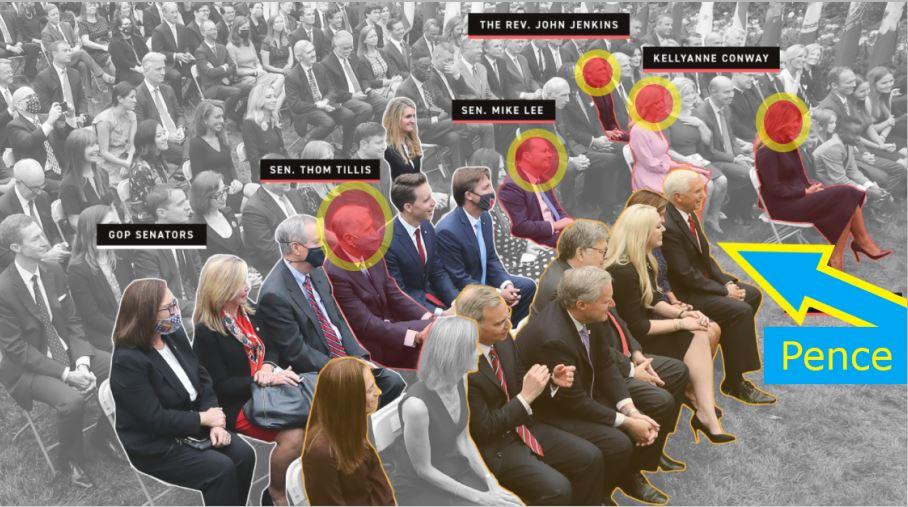As the New York City subway system continues to deteriorate, this word is verboten by political and media elites here: Privatization.
Even the supposed friends of private enterprise, the Manhattan Institute, don’t argue for the abolition of the Metropolitan Transportation Authority (MTA), the state agency that has run the subways since the late 1960s. Some supposed friends of laissez-faire don’t accept that private transportation systems can ever effectively run the trains and make money.
Instead they argue for new forms of government funding and controls. This reminds one of the comments of Ludwig von Mises that even many of the critics of socialism sound like socialists.
But the problem of government transportation companies is profound. It requires understanding history. Government transportation systems have been a mess, whether in New York, nationally (Amtrak) or the experiences of a state railroad in Michigan in the 19th century.
In New York, we have forgotten the history of subway system just as millions of Americans forgot that private passenger railroads once were profitable until regulated to death by the 1960s. The subways were never privately owned. But private management companies built the first lines. They were considered “an engineering marvel,” wrote Robert Caro in the book The Power Broker. People came from around the world in those first years of the subways to admire them (New Yorkers, please stop laughing).
And the IRT once made a lot of money under a city franchise. It continued making money until about the end of World War I. Then what some would call a “socialism without doctrines” started to operate
Most Americans, until recently, didn’t like the term socialism. So the way to collectivize an industry was, and is, regulating it to death. The IRT, despite repeated requests in the 1920s to raise the nickel fare, was never allowed a higher fare even though costs skyrocketed owing to World War I inflation.
The system began to lose money and deteriorate just as much New York housing has deteriorated under rent controls. A libertarian journalist understood what was happening in 1940 when the city took over.
“The City of New York has set a pattern for the nationalizing of the railroads of the country,” said journalist Frank Chodorov in reviewing the events of 1940. “A regulatory body, with power to fix rates and compel unprofitable operation, squeezes the business into bankruptcy, so that the owners are quite willing to sell their property to the taxpayers, and bureaucracy improves its position.”
The perpetual nickel subway fare under private management — which went up quickly after the city took over — destroyed private management. That’s because price controls — as tempting as they seem to most of us when we want to buy something but not when we want to sell something of ours — never work.
By the late 1930s, the IRT was ready to sell. Supposedly the private transportation system had failed, the good government groups (Goo-Goo’s) said when they bought out the last private management company. And now the city, the Goo-Goo’s said, through government operation would end labor disputes and provide economies of scale, all promises never realized. They also promised to build new lines such as the Second Avenue Subway.
By the way, the latter is finally about 20 percent built and more than a half century late. And this came after voters, on three separate occasions, paid for bond issues. Most of the proceeds were spent to close subway deficits. Indeed, the MTA remains deep in debt.
“The Metropolitan Transportation Authority (MTA) is facing its greatest crisis in decades. Service has deteriorated and subway ridership is falling despite the largest job expansion in the City’s history,” wrote New York State Comptroller Thomas DiNapoli in December.
“Since July 2018, the MTA’s budget gap for 2020 has nearly doubled to $510 million and the 2022 gap has grown to $991 million,” he wrote. “These estimates already assume fare and toll increases of 4 percent in 2019 and 2021.” He added the MTA might “reduce services.”
This documented disaster when the mayor of city of New York and governor of the state of New York — who both agree with the rest of the city and state pols that the system can never be privatized — trade charges over who is responsible. But again, it is the history of government transportation systems that should guide us.
The British economist Alexander Gray, writing about the London Underground almost 75 years ago in the book The Socialist Tradition, warned that the more the state interferes and controls, “the less does it show a disposition to accept ultimate and direct responsibility for what it has done.”
The ‘non-existent’ border crisis is set to expect up to 1 million illegal immigrants this year.
The Emergency Election Sale is now live! Get 30% to 60% off our most popular products today!



